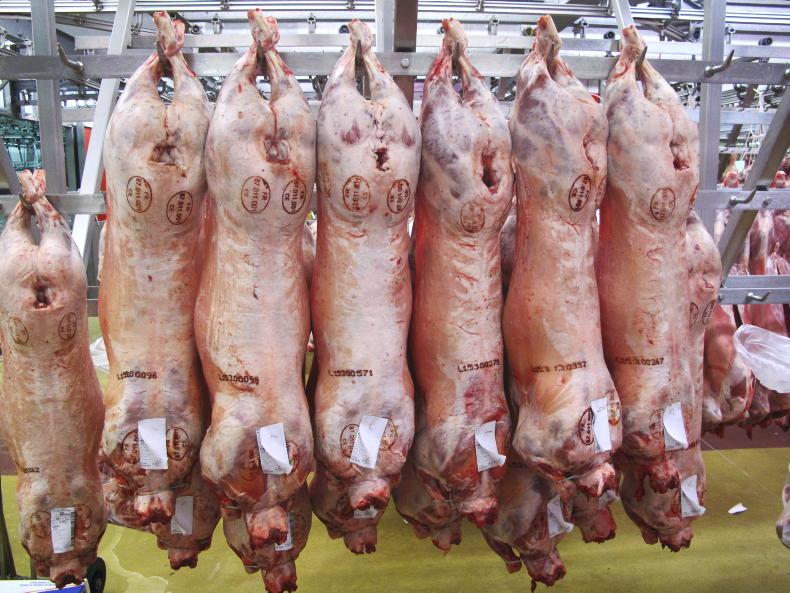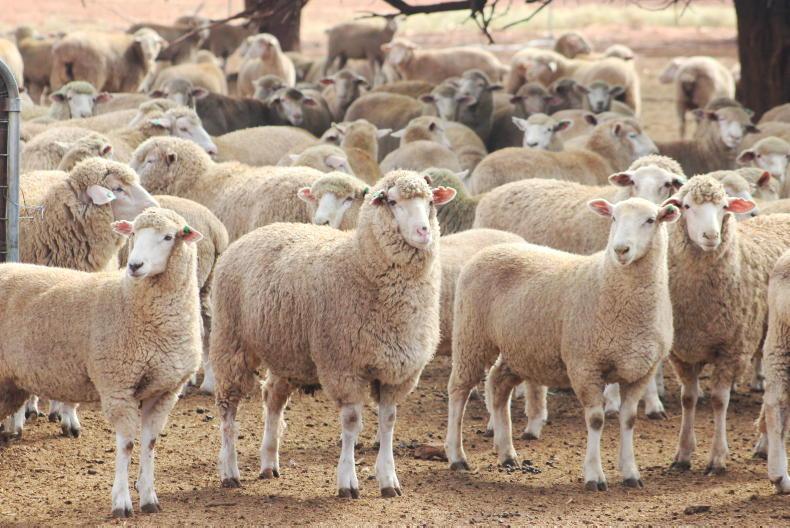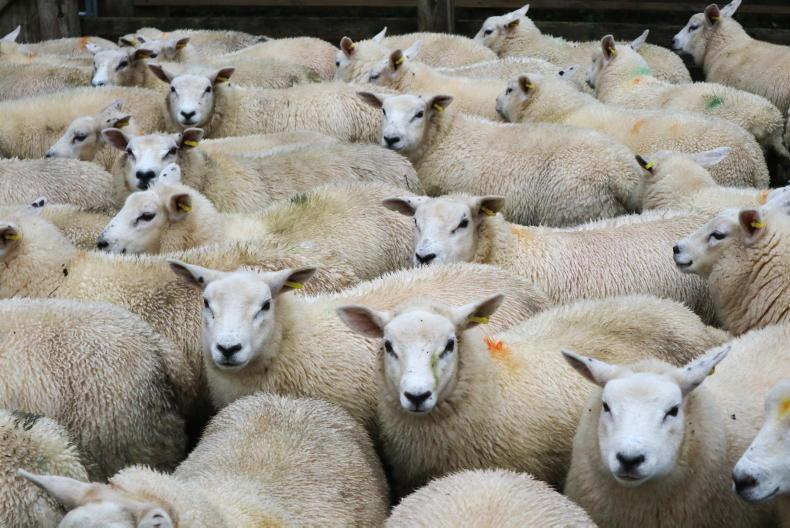Farmgate lamb prices across Europe are at their highest level for the time of year. The latest sheepmeat price dashboard published by Bord Bia shows French farmgate lamb prices exceeding €9/kg, as detailed in the table below.
This equates to an increase of €1/kg on the corresponding timeframes in both 2022 and 2023.
Just shy of €8/kg, prices in Spain are also running at record levels for the time of year and commanding an increase of over 17% on recent years.
Tight supplies are also fueling 15% higher farmgate returns in Britain, while the average farmgate price in Northern Ireland continues to lag well behind, with a 58c/kg differential recorded.
This equates to over €12 per head on a 21kg carcase and goes someway in explaining why British buyers are so active in marts in Northern Ireland.
Irish prices
The Irish price of €7.10/kg for the week of 3 August 2024 is approximately 12% higher year-on-year. It should be noted that this price reported by the Department of Agriculture is exclusive of VAT of 4.8%.
If included, the average farmgate price for the week of 3 August 2024 would stand at €7.44/kg, significantly higher than the going quotes in factories.
There is a big differential between prices paid in the northern and southern hemispheres. While Australian prices are over €2/kg to €2.50/kg lower than European prices, they are still seen as positive as they have increased by almost 62% on the corresponding period in 2023.
Increased demand from the US and Chinese markets is fueling higher returns despite export volumes running at record levels. Meat and Livestock Australia report that a protein deficit in the US is the main contributor to the more buoyant trade.
The typical trade for heavier cuts in the US is especially benefitting the heavy lamb trade and rewarding producers for bringing lambs to heavier weights. The vibrancy in the US market is a sore point for Irish factories still struggling to gain full market access to the US market.
The sharp improvements in deadweight lamb prices is also inserting much more life into the store trade in Australia, with what is termed restocker lambs rising by over 100% in price.
New Zealand woes
In contrast the New Zealand sheep sector remains in a very difficult position. Average prices are running at the equivalent of just €3.72/kg. This is a reduction of 20c/kg on the corresponding period in 2023, despite all other markets recording significant increases.
Trading challenges with the Chinese market are taking a significant toll on export volumes.
The elimination of tariffs on Australian sheepmeat exports to China on 1 January 2023, which previously ranged from 12% to 23% under the China-Australia Free Trade Agreement, has witnessed a sharp jump in Australian sheepmeat exports and an erosion in New Zealand export volumes.
There are concerns of a further substantial reduction in the New Zealand sheep flock, with farmers dismayed with poor returns and competing sectors such as forestry looking more attractive.
High ewe kill
Getting back to market dynamics here and there are similar worries of a sharp reduction in the sheep flocks in Ireland and Northern Ireland over the next 12 months.
Record cull ewe prices are fueling higher sales of cull ewes, and mart managers and factory procurement personnel report that a high percentage of cull ewes are not being replaced.
Challenging weather and high input costs are being blamed, and forecasts point to the reduction in ewe numbers in 2024 exceeding the 100,000 head fall recorded in 2023.










SHARING OPTIONS